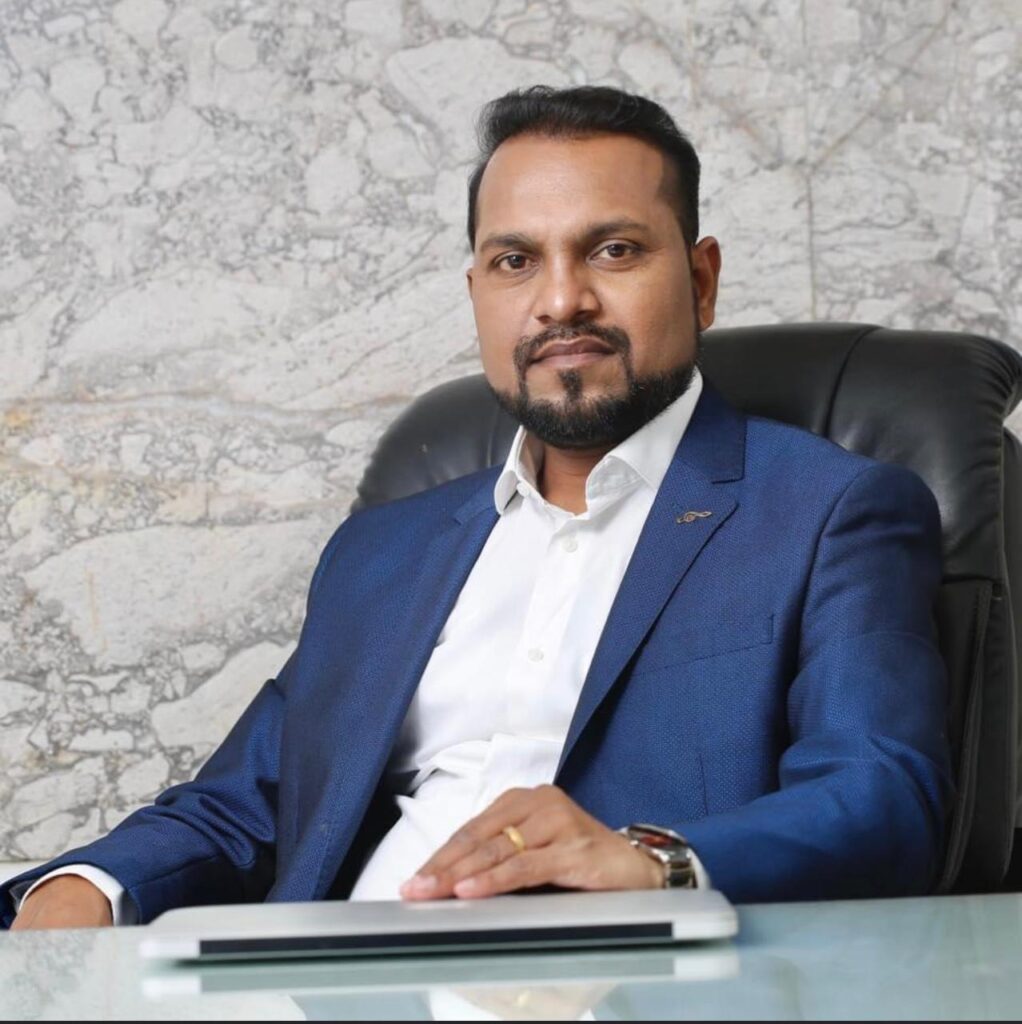Observational Homeopathy : A Comprehensive Overview by Dr Vinayak Rathod
Observational Homoeopathy: A Comprehensive Overview
DR.Vinayak Rathod M.D. (Homoeopathy),
Founder, International Academy of Observational Homoeopathy, Yavatmal -India
Homoeopathy, a system of medicine developed in the late 18th century by Samuel Hahnemann, is founded on the principle of “like cures like.” This means that a substance that causes symptoms in a healthy person can, when highly diluted, treat similar symptoms in a sick person. Over the centuries, practitioners and researchers have made numerous observations about its efficacy, mechanisms, and patient responses.
Historical Context and Foundation of Observation
Samuel Hahnemann’s initial observations in the late 1700s led to the development of homoeopathy. He noted that substances causing symptoms in healthy individuals, when diluted and succussed (shaken vigorously), could alleviate similar symptoms in the ill. These observations were groundbreaking at a time when medical treatments were often more harmful than beneficial.
Hahnemann’s work, especially his publication “The Organon of the Healing Art,” documented his systematic approach to treatment, including detailed observations on the preparation and administration of remedies. He introduced the concept of “proving,” where healthy volunteers would take substances and record their symptoms, forming the basis for remedy selection.
The idea in aphorism 6, that the unprejudiced observer need only note what is felt by the patient, perceived by those around the patient and observed by the homeopath, diminishes the subjectivity of all participants, in particular the homeopathic observer.
What is an unprejudiced observer?
By ‘unprejudiced’, Hahnemann means to desist from theorisation, relying only on what is perceptible to the senses. He enumerates subjective symptoms, objective symptoms and incidental symptoms that are observable by the patient or by others, as the only representatives of the disease.
Clinical Observations
1. Individualization of Treatment: In Homoeopathy We all emphasizes individualized treatment. Practitioners observe that even patients with the same diagnosis may receive different remedies based on their unique symptoms and overall constitution. This personalized approach is a hallmark of homoeopathic practice.
In my clinical practice since 2 decades I have given immense importance to this concept of OBSERVATIONS and found it very effective & useful in treating any minor disease conditions OR any deep pathological conditions like DIFFERENT KINDS OF CANCERS (SOL,LUNG CANCER, UTERINE CANCER, BREAST CANCER, RECTUM CANCER ETC), COMA, GANGRENE, GB SYNDROEM ETC.
I found that along with this OBSERVATIONAL HOMOEOPATHY one must have right knowledge of disease, right knowledge of repertory & Our Homoeopathy Materia Medica & one can very easily prescribe the correct Similimum in a very short span of time and can develop much confidence with Homoeopathic prescription.
What to observe in any case?
Physician has to just observe and listen to patient very carefully.
She/he doesn’t have to ask much to patient.
Many things in observation are non verbal like gestures, the way he/she is communicating with physician , the most important thing is his/her behaviour with the attendance .
Observing the patient from top to bottom,
How he/she is entering inside the chamber,
His/her built, look,
His/her face, eyes
His/her neck,
His/her hairline, forehead, nose, ears, teeth texture of hair texture of skin,
His/her way of answering to the physician.
His/her sitting posture,
His/her Clothing style
All these observations are going to help us in decoding the Similimum.
From my Experience all I can say is during the case taking physician have to literally listen through your his/her heart not just through your ears.
Conclusion
Observations in homoeopathy encompass a broad range of clinical experiences, patient responses, scientific investigations, and contemporary trends. While the practice remains contentious within the scientific community, its persistent popularity and anecdotal successes underscore the need for continued research and open-minded exploration. As homoeopathy evolves, integrating rigorous scientific methods with traditional observational insights may help elucidate its role in modern healthcare.

